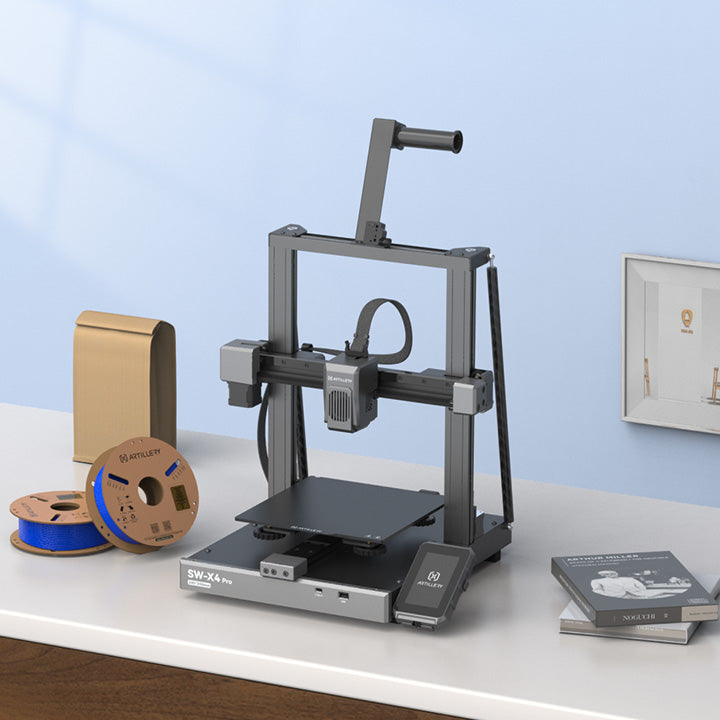
How to choose the right FDM 3D printer?
Throughout the past decades, 3D printers have been widely used in various industries and applications due to their affordability, ease of use, and versatility. This also means that choosing the right FDM 3D printer can be more difficult than ever. Firstly, it depends on what your goal is with the printer. Do you just want to print stuff or have a machine that can be upgraded and tinkered with? In that case, you should know more about the FDM printer.
What is an FDM 3D printer? Fused deposition modeling (FDM), also known as the material extrusion additive manufacturing technique, utilizes polymers as the raw material (filament). The filament is usually heated to a molten state and then extruded through the nozzle of the machine, which is a popular 3D printing technology used to create physical objects layer by layer. In FDM 3D printing, a thermoplastic filament is heated to its melting point and extruded through a nozzle onto a build platform. The nozzle moves along predetermined paths, depositing the molten filament layer by layer to build up the desired object.

Hardware
Build Area:
There are different sizes of printing volume, 240240260mm, and 300300400mm are common sizes now. What’s more, the max version of the printer may struggle because of the speed it prints, and the large bed size may put a lot of stress on the printer.
Nozzle:
The diameter of the nozzle determines the width of the extruded filament and, consequently, the resolution and speed of your prints. You should also ensure that the nozzle is compatible with the materials you plan to print with and your specific 3D printer model.
Build Plate:
The surface material of a print bed is crucial as it determines which filament materials can be used. Options like glass beds have uniform coatings, while spring steel PEI sheets utilize different materials for the top layer and the rest of the bed.
Extruder & Hotend:
The extruder, known as the feeder drive, is the set that pushes the filament. It usually consists of a motor, a sprocket, a bearing to tighten the filament against the wheel, etc. The hotend is the component of the printer where the material is melted and expelled by the tip to deposit it, and usually has parts such as the nozzle or tip, the dissipater, and the heater block.
Software:
There are widely used slicers like Cura and Prusa that are compatible with any brand. Additionally, Artillery offers their slicer for their printers.
Choose software that is user-friendly and intuitive, especially if you're new to 3D printing.
Firmware:
There are several choices of firmware for 3D printing, including RepRap, Repetier, Marlin, and Klipper. Marlin & Klipper: Marlin and Klipper are both firmware options for 3D printers. Marlin is widely used and suitable for most printers, with a large and active community of developers and contributors. Klipper, on the other hand, offloads mathematical calculations to a more powerful device for improved performance and advanced features.
We also conducted research on what customers consider their top choices when buying a 3D printer. Here are the top 5 factors:
- Price
- Fully automatic first-layer calibration
- Print Quality
- Easy assembly and maintenance
- Automatic bed leveling/Printing volume
- Choosing a selection results in a full page refresh.
!





















